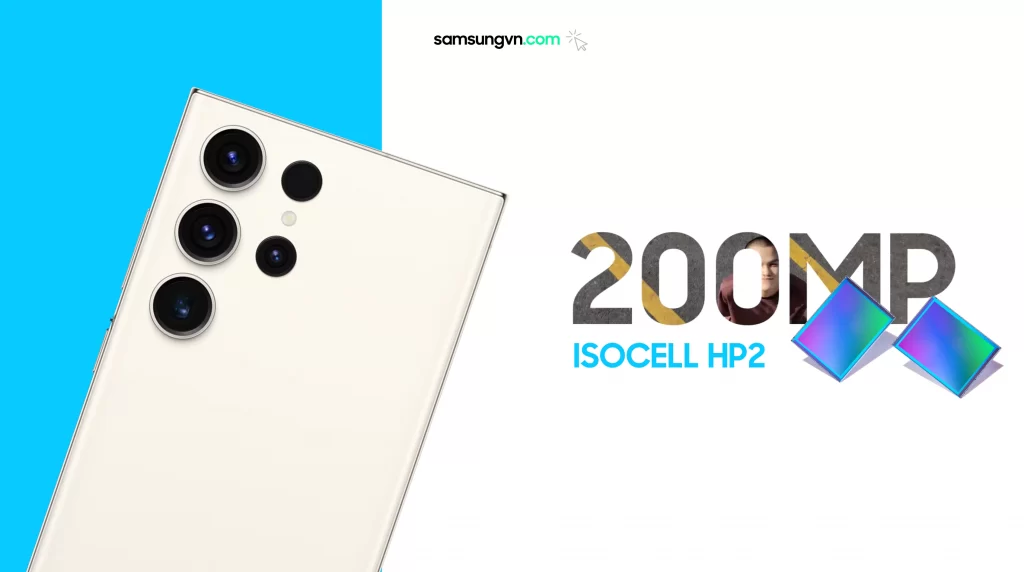Each year Samsung looks forward to maximizing and further enhancing the capability of their devices. Even with their top-of-the-line smartphones, they manage to come up with something even more incredible than their predecessors. This year is great news for photographers as Samsung unveils its new 200-megapixel Isocell HP2 image sensor, giving smartphone photographers the best of both worlds: high resolution and good image quality in challenging conditions.
The sensor has not yet been announced but the HP2 is in mass production already because of which it is suspected to power the main camera on the company’s flagship releasing Feb 1, the Galaxy S23 Ultra.

Designers of the image sensors always faced the issue of either increasing the resolution meaning the pixel size on the sensor is smaller, hence compromising the low light shots since small pixels aren’t able to gather much light or vice versa. HP2 beings a revolutionary solution to this problem by increasing efficiency.
Their sensor can now gather light more effectively in the first place, boost high dynamic range (HDR) photos to cope better with scenes with dark and bright elements, the company said. And when shooting at the full 200-megapixel resolution, Samsung uses AI technology to help render the finest details.

“The full 200MP resolution especially shines when shooting at concerts or outdoors where there’s lots of detail to be captured,” said JoonSeo Yim, executive vice president of Samsung Electronics’ sensor business. “It may not be the predominant setting for most consumers, but we definitely see the need for highly detailed images.”
One of the biggest techniques for improving smartphone photos is called pixel binning which is basically when groups of physical pixels can be combined into larger virtual pixels that gather more light when it’s dim, trading off resolution for lower noise and better color.
Pixel binning can allow Cameras can crop in on the central portion of the image to zoom into more distant subjects. It also opens up new options for high resolution 4K and 8K video. But at the same time, it comes at the cost of a lot of RAM usage and battery power for processing the photos and the high resolution pictures automatically takes up a lot of storage space.
When it comes to video, the HP2 has many options. It can shoot 8K video at 30 frames per second by using the sensor in its 50-megapixel mode. It can shoot 4K video at 120fps, or, if Smart-ISO is engaged, at 60fps. For 1080p video, the sensor will shoot at 480fps without autofocus and 240fps with autofocus. This ultimately results in utilization of a lot of storage.
“We expect that high-resolution image sensors will become a standard feature in future flagship smartphones,” Yim said.

Given the huge price hikes in new smartphones, the only prime reason to upgrade is camera improvements giving you better photos and videos than before.


